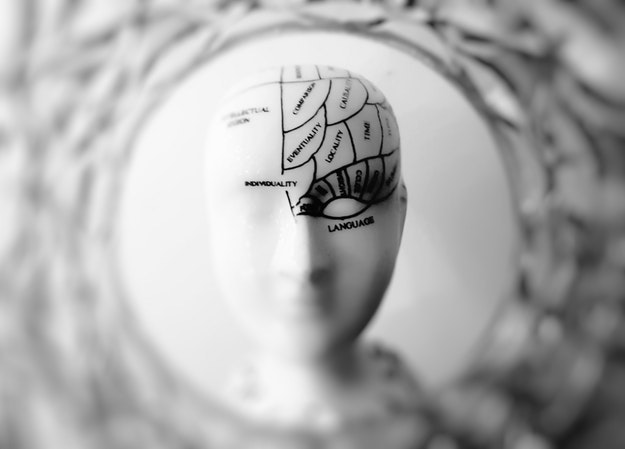“…Creating — whether it be through art, music, cooking, quilting, sewing, drawing, photography (or) cake decorating — is beneficial to us in a number of important ways,” says Catherine Carey Levisay, a clinical neuropsychologist and wife of Craftsy.com CEO John Levisay.
Levisay isn’t just referring to physical benefits reaped from crafting — e.g., what a neat sweater! — but cognitive and neural benefits that might even battle societal scourges like depression and dementia.
An article recently published by CNN explains that while few studies have focused on crafting specifically, researchers are beginning to see parallels between the benefits of doing crossword puzzles, learning new languages and other cognitive “exercises” and, let’s say, knitting a complicated pattern.

Playing games, reading books and crafting could reduce your chances of developing mild cognitive impairment by a whopping 30-50 percent, according to a 2011 study published in The Journal of Neuropsychiatry.
Beyond keeping your mind active and “in shape,” researchers also believe that crafting can produce results similar to that of meditation.
Psychologist Mihaly Csikszentmihalyi coined the term “flow” as the state of being utterly absorbed by an activity (so much so that nothing else seems to matter). We can reach the coveted state of flow through meditation, as well as intense crafting.
“When we are involved in (creativity), we feel that we are living more fully than during the rest of life,” Csikszentmihalyi said during a TED talk in 2004. “You know that what you need to do is possible to do, even though difficult, and sense of time disappears. You forget yourself. You feel part of something larger.” The logic is that if you lose your sense of self and time, you forget about your daily troubles.

Occupation therapist Victoria Schndler also believes that the repetitive motions of knitting, for example, can activate the parasympathetic nervous system, which quiets the “fight or flight” reaction to all anxieties — from running from a rabid bear to pulling an all-nighter to finish a project before a big meeting.
Crafting is also unique in its ability to involve many different areas of your brain, Levisay says. It can work your memory and attention span while involving your visuospatial processing, creative side and problem-solving abilities.
Want to learn more about the benefits of crafting? Read the full CNN article, “This is You Brain on Crafting,” here.
Love this? Then you’ll also love…
Studying tips from English Tutor Singapore
Career tips from My Study Destination
